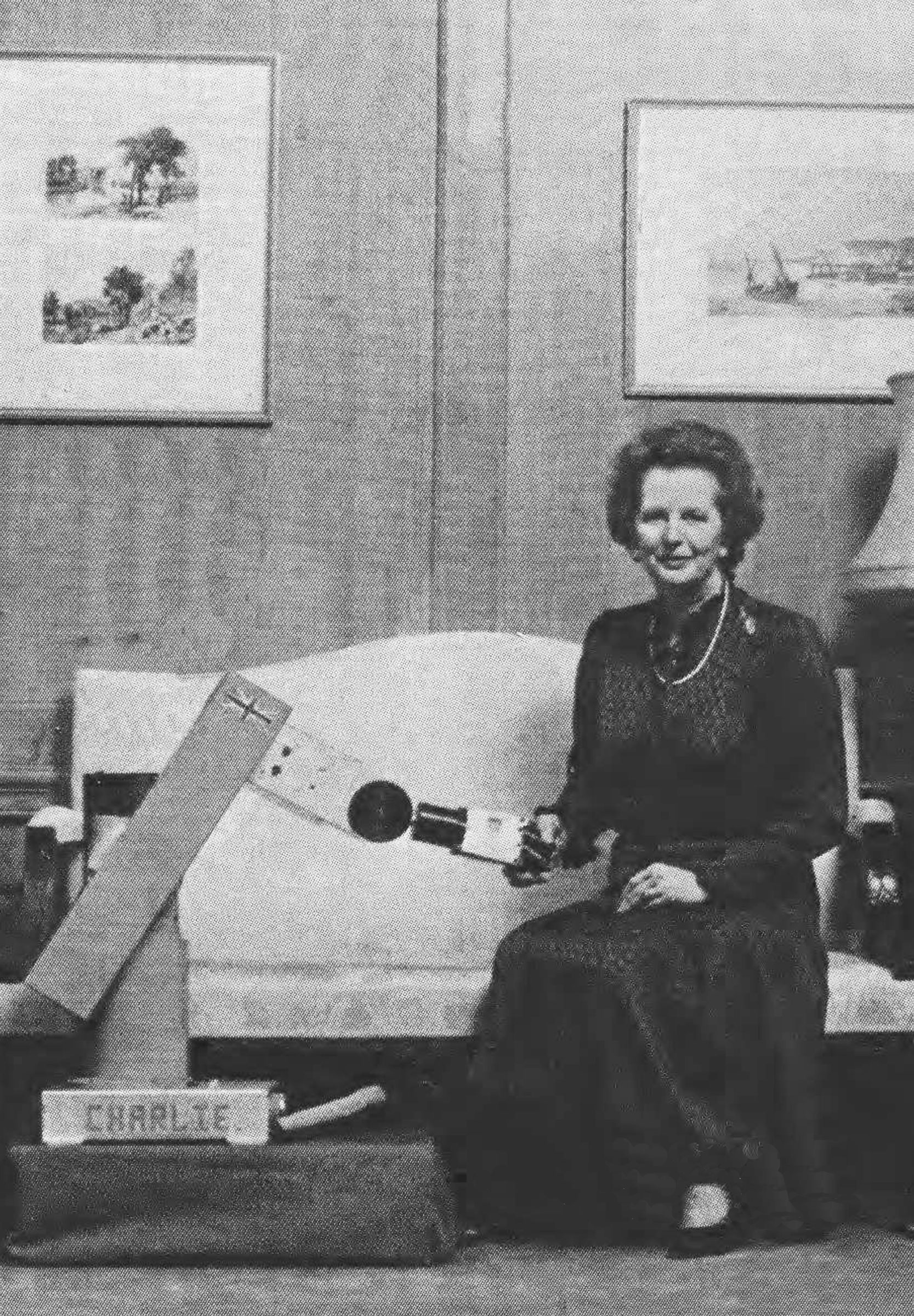
Michala Paludan
Open Shut Them
October 7th – November 3rd, 2022
“ The most famous hand in the history of economic ideas can’t be seen. This is because it’s invisible. It is invisible because it doesn’t exist. This hand is the economist and philosopher Adam Smith’s image of the mythic invisible hand of the self-regulating market. A metaphor turned economic dictum that stubbornly persists no matter how many times its flat-out inaccuracy has been picked apart. The line held sacred by conservatives, libertarians and right leaning economic apostles appears in the second chapter of Book II of Smith’s An Inquiry into the Nature and Causes of the Wealth of Nations,or simply The Wealth of Nations. The invisible one aside, the word hand appears over one hundred and fifty other times in capitalism’s bible. The first time the hand enters the stage is in the very first chapter of Book One “Of the Division of Labor.”1 There Smith describes the sheer number of hands working together, yet separately on each individuated task required to produce just one pin. Smith, like the other great classical economists, wanted to understand the seemingly alchemical process whereby the organization of work created economic value. To do this he simply counted the hands, on the hunt for what economists today call productivity. The technical definition being the rate of output per unit of input, what likely seems like common sense today: the ratio between what a business produces to sell and the costs of materials and labor that make production happen. The actual protagonist of Adam Smith’s revelatory labor theory of value was a very visible hand for all to see.”
Excerpt from Counting Hands: an incomplete account of working images by Ryan S. Jeffery

Michala Paludan. Open Shut Them. October 7th – November 3rd, 2022. Photo by Brian Kure 
Michala Paludan. Open Shut Them. October 7th – November 3rd, 2022. Photo by Brian Kure 
Michala Paludan. The Unposed (EoAT I), 2022. C-print / Diasec. 16 x 24 cm 
Michala Paludan. The Unposed (EoAT II), 2022. C-print / Diasec. 16 x 24 cm 
Michala Paludan. The Unposed (EoAT III), 2022. C-print / Diasec. 16 x 24 cm 
Michala Paludan. The Unposed (EoAT IV), 2022. C-print / Diasec. 16 x 24 cm 
Michala Paludan. The Unposed (EoAT V), 2022. C-print / Diasec. 16 x 24 cm 
Michala Paludan. Open Shut Them. October 7th – November 3rd, 2022. Photo by Brian Kure 
Michala Paludan. Open Shut Them. October 7th – November 3rd, 2022. Photo by Brian Kure 
Michala Paludan. Open Shut Them. October 7th – November 3rd, 2022. Photo by Brian Kure 
Michala Paludan. The Unposed (EoAT VI), 2022. C-print / Diasec. 16 x 24 cm 
Michala Paludan. The Unposed (EoAT VII), 2022. . C-print / Diasec. 16 x 24 cm 
Michala Paludan. The Unposed (EoAT VIII), 2022. C-print / Diasec. 16 x 24 cm 
Michala Paludan. The Unposed (EoAT IX), 2022. C-print / Diasec. 16 x 24 cm 
Michala Paludan. The Unposed (EoAT X), 2022. C-print / Diasec. 16 x 24 cm 
Michala Paludan. The Unposed (EoAT XI), 2022. C-print / Diasec. 16 x 24 cm 
Michala Paludan. The Unposed (EoAT XII), 2022. C-print / Diasec. 16 x 24 cm 
Michala Paludan. The Unposed (EoAT XIII), 2022. C-print / Diasec. 16 x 24 cm 
Michala Paludan. Open Shut Them. October 7th – November 3rd, 2022. Photo by Brian Kure 
Michala Paludan. Open Shut Them. October 7th – November 3rd, 2022. Photo by Brian Kure 
Michala Paludan. The Unposed (EoAT XIV), 2022. . C-print / Diasec. 16 x 24 cm 
Michala Paludan. The Unposed (EoAT XV), 2022. C-print / Diasec. 16 x 24 cm 
Michala Paludan. The Unposed (EoAT XVI), 2022. C-print / Diasec. 16 x 24 cm 
Michala Paludan. The Unposed (EoAT XVII), 2022. C-print / Diasec. 16 x 24 cm 
Michala Paludan. Open Shut Them. October 7th – November 3rd, 2022. Photo by Brian Kure 
Michala Paludan. Open Shut Them. October 7th – November 3rd, 2022. Photo by Brian Kure 
Michala Paludan. The Unposed (EoAT XVIII), 2022. C-print / Diasec. 16 x 24 cm 
Michala Paludan. The Unposed (EoAT XIX), 2022. C-print / Diasec. 16 x 24 cm 
Michala Paludan. Open Shut Them. October 7th – November 3rd, 2022. Photo by Brian Kure 
Michala Paludan. The Unposed (EoAT XX), 2022. C-print / Diasec. 16 x 24 cm